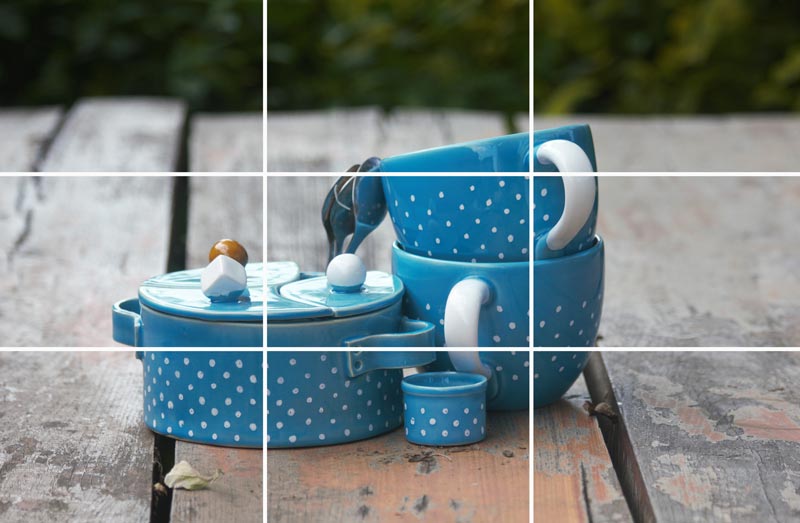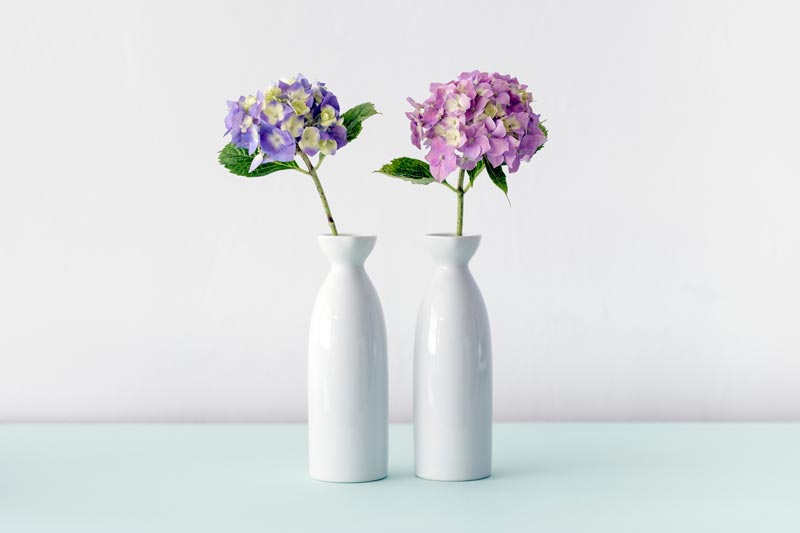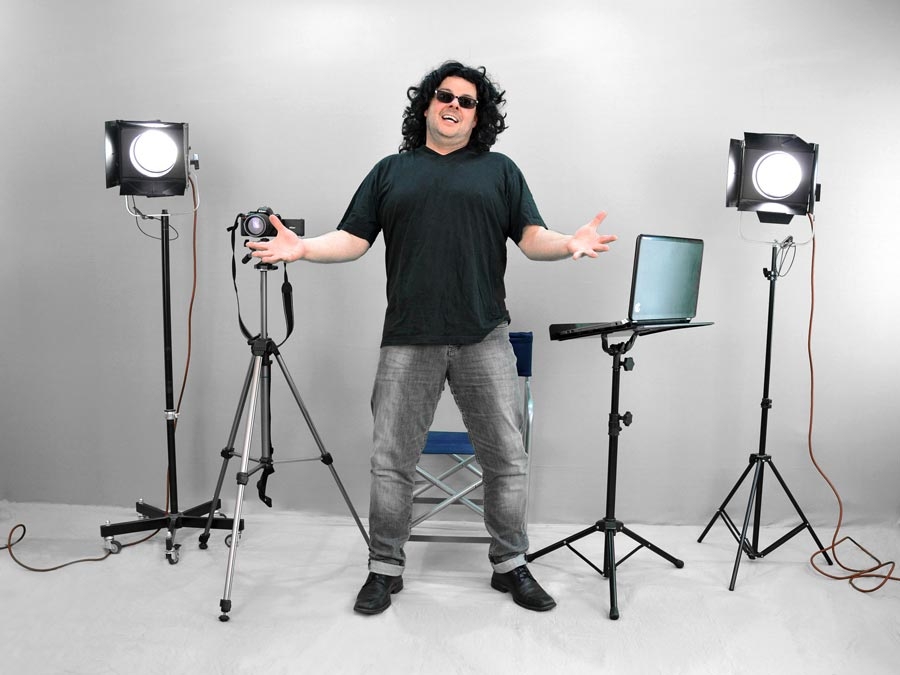Every pottery picture tells a story. An essential part of that storytelling is the composition or relationship between the elements within a photograph.
The things that affect composition of a photograph are:
- Line — the path the eye moves around when looking at a photograph
- Shape — the distinct masses (like pots) that make up the images
- Colour — the hue, tone and luminosity of objects and how the colours relate to each other
- Texture — the surface character causing shading, forming patterns the eye will explore
- Value — lights will cast shadows that will give depth and definition to the ceramic object
- Form — the eye will use all of the elements above to infer a 3-D shape from the flat 2-D images
- Space — positive space is the ceramic object itself while the negative space is the areas between the objects. Both are important compositional elements.
Here are some well-proven guidelines that will make your photographs tell better stories and look truly professional when you use these guidelines thoughtfully.
Once you know the rules of composition, occasionally breaking them can be fun too.
The Rule of Thirds

Imagine two horizontal lines and two vertical that divide the scene into nine equal areas. Place key elements on or near the lines or the intersection points. This will result in a balanced image with a clear point of interest. Some cameras show these lines in the view-finder.
Balancing Elements

Here the main element of the photograph is set to one side, though still positioned according to the rule-of-thirds. The empty space to the left then has a balancing item, the spoon, which also adds further meaning to the story being told by the photographer.
Lines that Lead the Eye

This composition is a classic example of the rule of thirds but has an additional element where the layout of the elements leads the eye in a triangular pattern from one object to the next. Such triangular patterns give a feeling of stability and unity to the image.
Symmetry (maybe with a twist)

The human eye yearns to discover symmetry and balance in nature and things human-made. This photographer has catered to this craving for order, and pattern with two elongated vases set symmetrically side-by-side and then used the colour and form of the flowers to add a quirky twist.
Composition in-Depth

Conforming to the rule-of-thirds, this photograph is framed by two small elements at the lower corners. The eye is invited to look beyond the main image to a blurred background that enhances the colour and tone and invites the viewer to imagine more about the story of the pot.
Strong Diagonal Journeys

This composition uses a strong diagonal composition from the top right to bottom left. The positioning of the three ceramic elements dominates the image, the use of light and shade reinforces the diagonal line, and the chop-sticks finish it off. Note the strength of the triangular layout.

